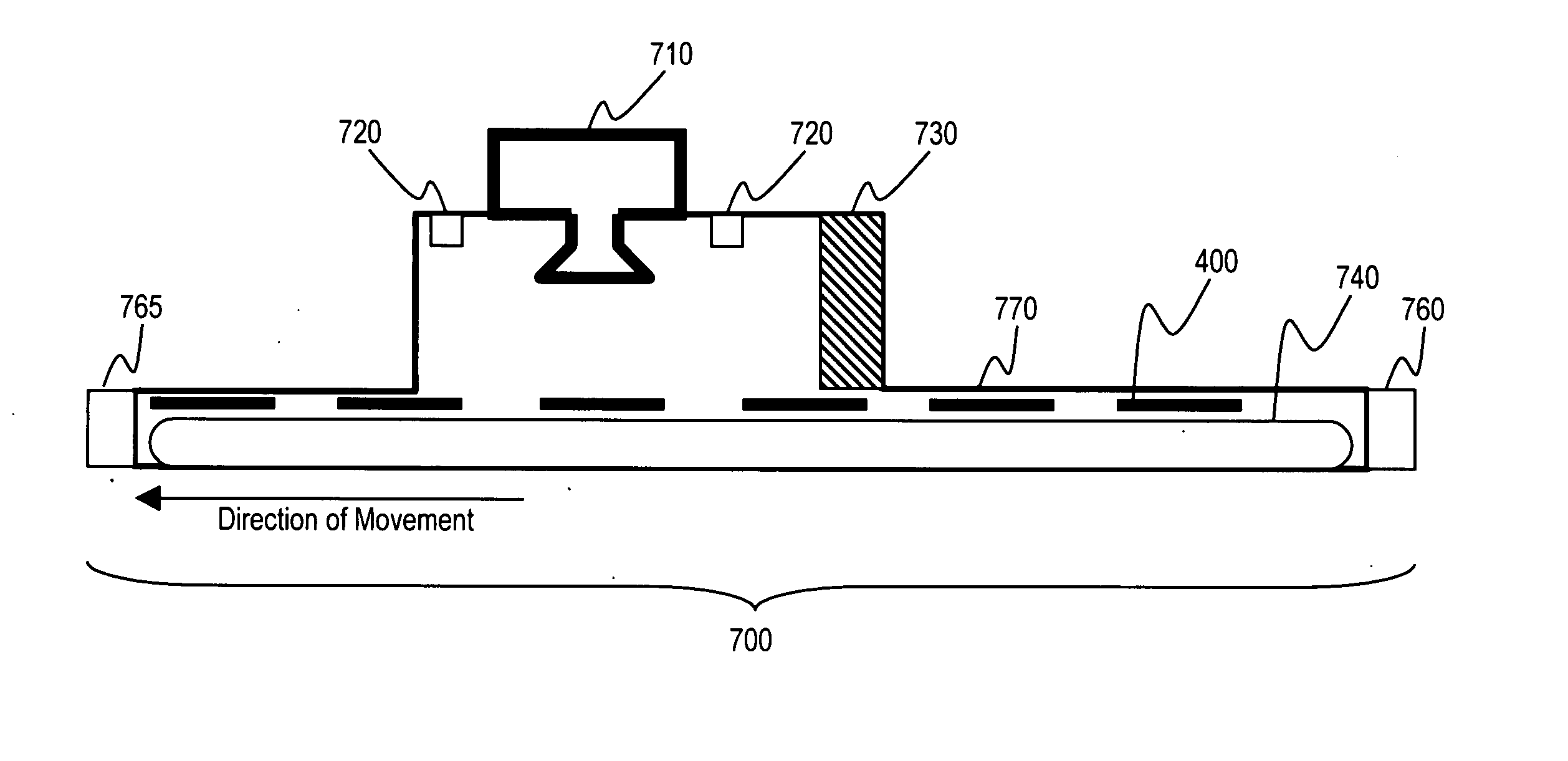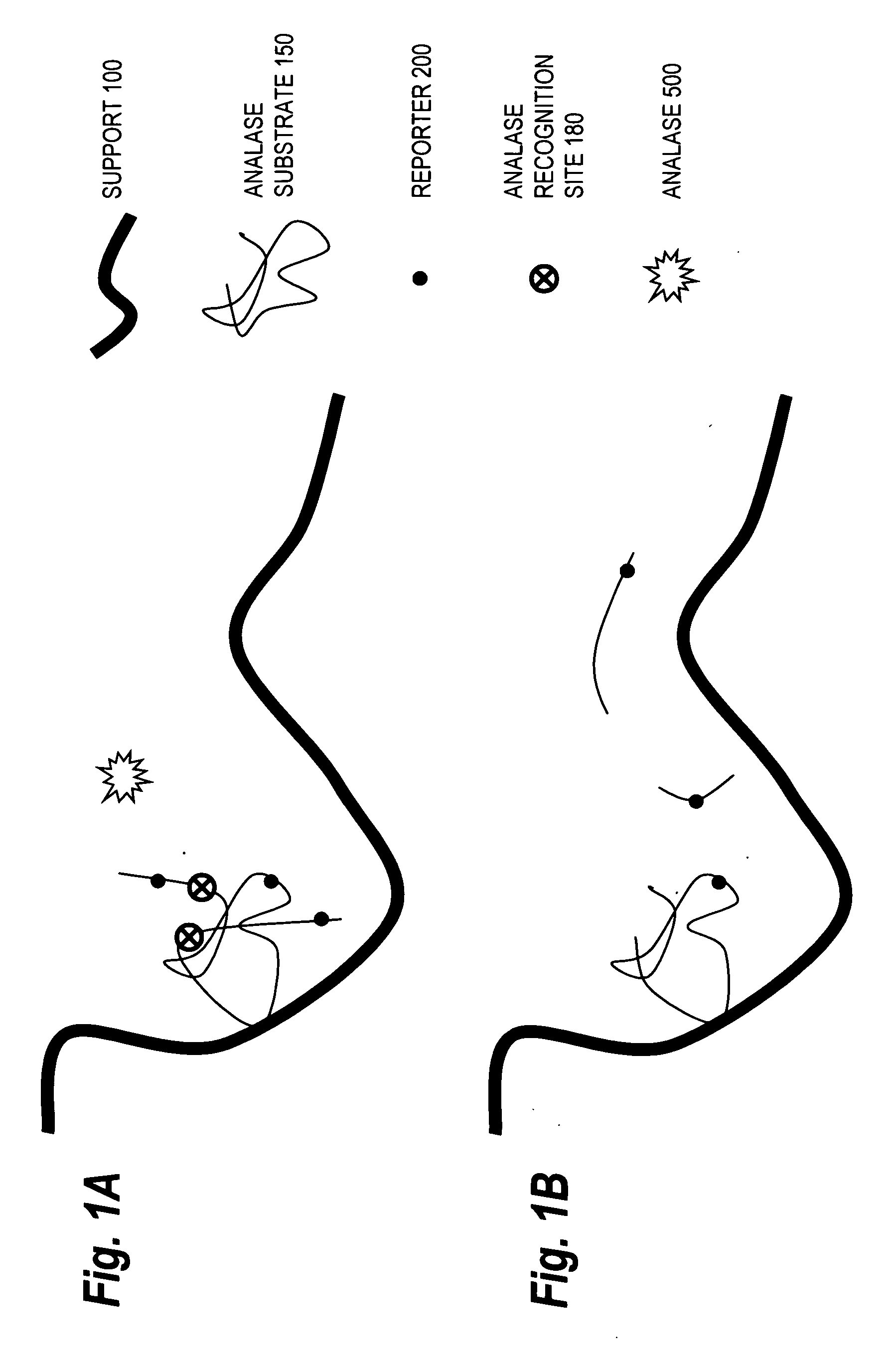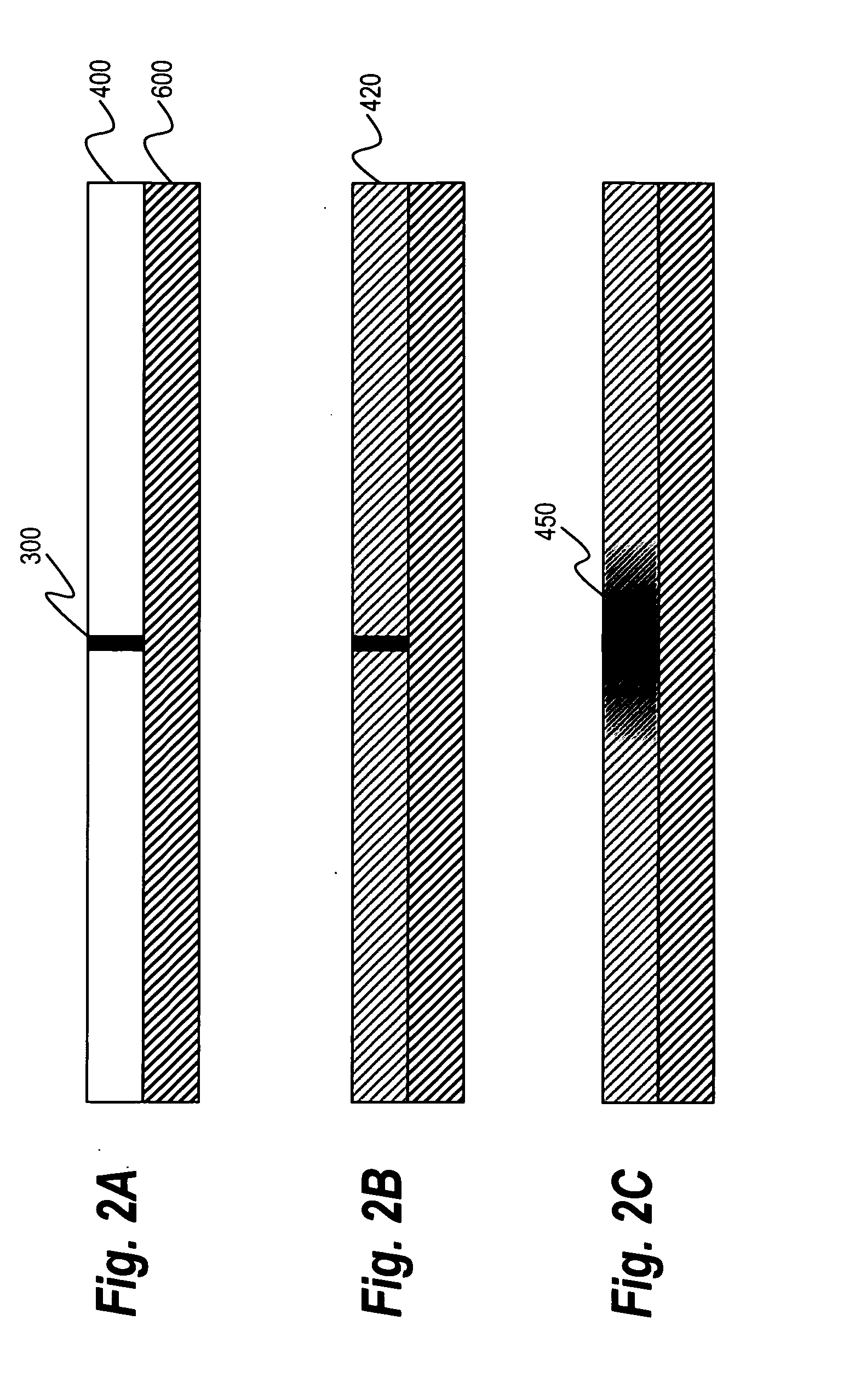Measurement Of Protease Activity In Post-Mortem Meat Samples
a protease activity and meat sample technology, applied in the direction of fluid pressure measurement, liquid/fluent solid measurement, peptide measurement, etc., can solve the problems of low accuracy and destruction of meat samples, long test duration, high cost, etc., and achieve the effect of sufficient accuracy of meat tenderness determination
- Summary
- Abstract
- Description
- Claims
- Application Information
AI Technical Summary
Benefits of technology
Problems solved by technology
Method used
Image
Examples
Embodiment Construction
Overview
[0058]It is known that calpain protease activity is related to the tenderness of aged meat. The activity of calpain proteases, however, is known to vary between Bos taurus and Bos indicus, the different isoforms of calpain (e.g. mu- and m-), the allele of each calpain isoform, the concentration and allele of the inhibitor calpastatin, the pH, the calcium concentration, and other factors. Even if one were able to measure the concentration of calpain or calpastatin with some accuracy (and such methods have not to date been either accurate, inexpensive, non-destructive or rapid enough for commercial use), given the large number of other factors that affect calpain activity, it is likely that such a tool would not be highly predictive of tenderness. Furthermore, it is known that there are a large number of other proteases present in post-mortem meat samples that may contribute to the aging process (e.g. the caspases and cathepsins), and given that each of these proteases are lik...
PUM
| Property | Measurement | Unit |
|---|---|---|
| Time | aaaaa | aaaaa |
| Concentration | aaaaa | aaaaa |
Abstract
Description
Claims
Application Information
 Login to View More
Login to View More - R&D
- Intellectual Property
- Life Sciences
- Materials
- Tech Scout
- Unparalleled Data Quality
- Higher Quality Content
- 60% Fewer Hallucinations
Browse by: Latest US Patents, China's latest patents, Technical Efficacy Thesaurus, Application Domain, Technology Topic, Popular Technical Reports.
© 2025 PatSnap. All rights reserved.Legal|Privacy policy|Modern Slavery Act Transparency Statement|Sitemap|About US| Contact US: help@patsnap.com



